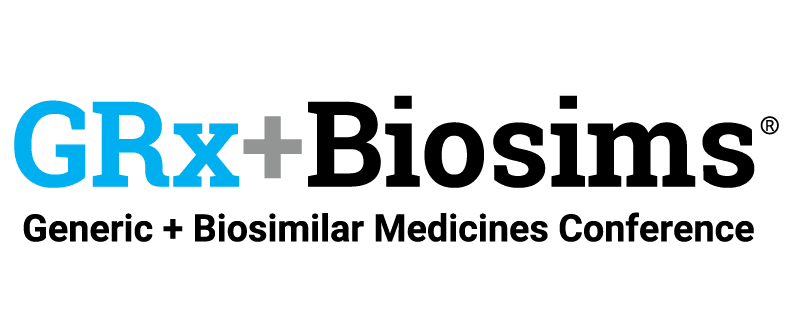Biosimilars hold great promise for patients seeking access to more affordable versions of critical medicines, but also for a health care system facing unsustainable, increasing costs. One of the most immediate challenges to biosimilars uptake in the United States is the lack of reimbursement policies across federal programs that will foster robust markets for biosimilar products. For example, the Affordable Care Act (ACA) created an unintentional barrier for biosimilar utilization within the Medicare Part D program in its attempt to address the coverage gap or “donut hole.” Removing this barrier could provide significant savings for patients and, according to a recent study by The Moran Company (TMC), could reduce federal spending by $1 billion over 10 years.1
Background
The standard Medicare Part D benefit for seniors is divided into four phases of coverage: deductible, initial coverage, coverage gap and catastrophic coverage. Once in the coverage gap, patients have greater out-of-pocket exposure. By 2020, all patients will face 25 percent exposure in both the initial coverage phase and coverage gap. Once patients reach a “True Out-of-Pocket” (TrOOP) spend of $4,950, they enter the catastrophic phase of coverage where their exposure is no more than 5 percent of costs, the Part D plan is responsible for 15 percent of the cost and Medicare pays the other 80 percent.
The Problem
To begin to help alleviate the burden of patient out-of-pocket costs, the ACA created the Coverage Gap Discount Program, which requires brand name manufacturers to provide 50 percent discounts to patients while in the coverage gap. Those 50 percent discounts are also used in the calculation of TrOOP, along with patient contributions, which helps bridge the gap sooner. Biosimilar manufacturers are not eligible to pay those discounts, leaving patients and Part D plans to pick up the cost differential. This causes two major issues:
- Part D Plan sponsors are incentivized to place patients on higher-cost brand biologics, so patients spend less time in the coverage gap;
- Patients face higher out-of-pocket costs for lower-cost biosimilars.
Since discounts provided by brand manufacturers are included in the calculation of TrOOP, plans are encouraged to place patients on a higher-priced brand biologic that will move patients through the coverage gap and into catastrophic coverage faster and with lower out-of-pocket costs compared to a lower-cost biosimilar that cannot provide a 50 percent discount that counts toward TrOOP.
This approach creates significant barriers for manufacturers seeking to develop products that would be covered by Medicare Part D, as it would be effectively impossible to ever offer sufficient discounts to be included on formularies. Without being able to obtain formulary placement, manufacturers will pursue other markets.
Additionally, without the ability to “credit” the brand discount toward TrOOP, patients pay more out of pocket for a lower-cost biosimilar than they would for a brand before reaching the catastrophic coverage level. A 2016 Avalere study noted that for a sample drug costing $30,000 per year, the cost in 2016 to a patient for a biosimilar would come to over $1,500 more per year (39 percent higher) than the brand product.2
Ultimately, patients, payers and Medicare are all paying more for brand biologics than they would if the Coverage Gap Discount program were amended to include biosimilars.
The Solution
Congress should amend the Part D coverage gap discount program to classify biosimilars as “applicable drugs” in the Coverage Gap Discount Program. This change would allow biosimilar manufacturers to pay the 50 percent discounts paid by their brand competitors, and to participate on a level playing field to compete for placement on the Part D plan’s formulary. This would reduce both out-of-pocket costs for seniors and Part D program spending, saving patients and the system hundreds of millions of dollars.
For more information, please visit the Biosimilars Council website.
The Biosimilars Council is now on Twitter, Facebook and LinkedIn Follow us for the latest updates on biosimilars.
Join us at an upcoming AAM meeting:
ACCESS! 2018 AAM Annual Meeting
February 12-14, 2018
Orlando, FL
Sources
